Organic Growing Tips
Going organic can be a daunting task for both farmers and home growers alike. Extremely stringent rules and regulations for farmers can sometimes mean a complete overhaul on the farm, all the way down to the type of posts used for fencing. The at-home grower need not worry as much about regulations since their crop will not be marketed. This allows them to choose organic practices where they see fit (although I always recommend going fully organic for the sake of you, your crops, and your local food web health). Whether making the switch or just starting, it is not unlikely to feel confused at first. Questions like “What’s the difference?”, “Where do I start?” and “Which practices work, and which are horse manure??” are commonly associated with a whole slurry of information that may overwhelm the first-time grower. The truth is that organic agriculture requires an open mind, sharp intuition, and adaptive creative skillset. This list of questions and answers may not impart the “A to Z’s” of organic agriculture but rather serve as a condensed, informative experience to educate the prodding mind on basic organic practices- without the extras.
Discuss the difference between natural and synthetic fertilizers and how they interact with the soil.
Synthetic fertilizers contain soluble nutrients that are immediately available for plant uptake. This kills off the beneficial soil microorganisms that consume and convert organic and inorganic material into bioavailable forms for plants. Once these organisms are gone, the soil biocommunity weakens, forcing the plants to grow dependent on synthetic nutrients and require constant amending. Repeated application over time will cause a buildup of toxic chemicals in the soil that may leach into water and pose serious issues to both human and environmental health. Natural Fertilizers aren’t immediately available for plant uptake when they are applied. They need to be broken down by the soil microorganisms before they become available to plants. A drawn-out but healthier process, using natural fertilizers doesn’t cut corners and incorporates the natural ecology into boosting soil vitality. If soil is the furnace of life and microorganisms are the fire, think of natural fertilizer as the fuel they consume to keep going in instances where the fuel supply is low.
Explain what compost tea is and how to make it.
Compost tea is a liquid extract rich in beneficial microorganisms and small amounts of soluble nutrients from compost using a brewing process. Adding it to the lawn and garden spreads beneficial microbes to the plants and soil, adding an extra layer of health to the ground. Compost teas are like vibrant smoothie shots for plants and microbes, as the water solution is highly concentrated with beneficial organic matter from the compost. Compost teas are made by brewing a mesh bag of compost in a bucket of water with an aerator for 24-36 hours and applied by watering it in small amounts over plants and desired soil sections.
Suppose you plan on starting an organic garden in the Spring, which is currently late October. Explain the steps you would take NOW to build healthy soil in time for sowing/ planting your seeds in the Spring. Include how you would integrate double digging with compost to establish a healthy soil ecosystem in this discussion.
If I were planning to start an organic garden in the coming Spring, I would take several preparatory steps before introducing any plants. To start, I would gather a sufficient amount of manure, crushed seashells, natural kitchen scraps, leaves, grass cuttings, coffee filters, and fireplace ash and form a large amalgamation of these products next to my selected plot. I would then measure the story to my liking and acquire a good shovel and pitchfork. I would start by digging a trench 10-12 inches deep from one end to the other. This loosens the soil and gives me a place to add my compost for fertilization. I would then poke 6-inch holes throughout the trench with the pitchfork. This reduces the ground further, allowing for proper soil aeration and healthy, profound root growth. Upon completing this step, I would mix my pile of organic fertilizers and spread it evenly throughout the trench. I would follow by creating an adjacent channel similarly and flip that soil over and on top of the natural fertilizer I just spread. I would repeat this double digging until my entire plot was applied with manure and covered with soil. I’ll leave the field to compost naturally in the coming months to be ready for planting come Spring. Once it reaches mid-late April, I would revisit my story to observe the soil, its texture, and its humic levels and begin planting accordingly.
Say I now wish to plant a crop with a high Nitrogen demand like corn in sandy soil, which is my local soil texture in coastal New Jersey. Sand is generally low in organic matter, so I would need two years to build my soil to prepare it best. I will start by making organic matter in the same way described above. This time, however, I’ll add compost both underneath (through double digging) and on top of the soil, where it will naturally decompose over the winter. Come the first growing season; I will plant primarily leguminous crops. Legumes form symbiotic relationships with bacteria in their root nodules, where the bacteria fix atmospheric Nitrogen for the plants to use. I’ll bury the decaying legumes back into the soil after harvest, which will return more Nitrogen. I will repeat this process the following year to ensure the ground is healthy, bustling with organic matter, and full of inorganic nutrients, specifically Nitrogen, for my corn to use.
Explain the benefits of rotational planting and why it is good at keeping pests at bay in an organic system.
Rotational planning in an organic farm or garden is essential for several reasons. First, if a crop were to be planted in the same plot season after season, it would decrease soil fertility as that plant will take up the majority of nutrients available. This lack of nutrients would throw off the natural soil biota and invite a gamut of pests and diseases to the plot. Rotational planting was designed to circumvent this issue. Every plant has its own nutritional needs and requirements, so switching up the plants grown in a field each year will maintain a healthy balance and optimal soil health since no one plant uses up the entire reserve of a specific nutrient. Many pests are also planted specific, so many problems present for one plant will die off the following year by the inability to feed off of the new crop. Rotational planting maintains a healthy balance in the soil ecosystem and exceeds at keeping pests on their toes.
Describe one way you would protect your garden and soil from diseases and insects and one way you would protect it from more significant threats such as deer, rabbits, and other rodents.
To protect my garden, I would first brew healthy horse manure in water for a few days up to a week. Doing this would dissolve the waste and allow the beneficial microbes and bacteria in the trash to multiply and grow. When it comes s time, I sprinkle the brewed manure on the soil and the plant leaves. This serves two purposes. The first is to establish a healthy system in the ground, which will diminish the chances for harmful pests or insects to infiltrate, and the second is to act as a physical defensive barrier to these pests. Suppose I am also noticing damage from larger animals like deer and rabbits, which I coincidentally have a TON of in my yard. In that case, I will have to take extra preventative measures beyond a stone wall to ensure minimal crop damage. To mimic a human and predatory scent, I will gather hair from barber shops, towels, and rags dressed in cologne/ perfume and lay them around the outer edge of my garden, maybe even draped over the peripheral stone wall. This scent will do an excellent job in deterring animals as it will give them the impression that humans- potential predators, are near. As an added measure, I will purchase several “Predator Eyes” and install them in different places around my yard at different heights and angles. These protect my tortoises from predators such as raccoons and coyotes, so they should effectively scare off any wandering herbivores.
Discuss the impacts of stormwater and why examples of human development, like parking lots, have caused higher stormwater runoff rates. Follow up by explaining why rain gardens are an excellent way to intercept stormwater runoff and include their inherent benefits.
Stormwater is rain that runs off the land from which it initially fell. Stormwater occurs naturally over places with bare soil or steep slopes where it eventually finds its way into local waterways. Though a natural process, human development has increased stormwater flow rates, which has negatively impacted the environment. Actions like parking lots have impermeable surfaces, thus nowhere for the water to drain. This forces the water away from the lots where it picks up petroleum from vehicles, chemicals, heavy metals from fertilizers, and other toxic substances deposited at the closest stream or waterway. Unobstructed stormwater gains momentum as it flows, which causes extreme soil and stream bank erosion, further degrading the local ecosystem. Since parking lots account for such a large surface area, they significantly contribute to the amount and severity of runoff.
Rain gardens are intentful depressions in the soil comprised of plants, dirt, and drainage. They are ideally placed adjacent to impervious surfaces like parking lots, driveways, and roofs to intercept and reduce runoff from these surfaces. They do a great job catching water and returning it to the local aquifer through the soil, ensuring a healthily maintained water table. Rain gardens are also capable of phytoremediation, where plants uptake and stabilize contaminants through their roots and release bioavailable nutrients into the soil. Because of this process, plants in rain gardens don’t require extra nutrients or fertilizers. The presence of rain gardens cleans and maintains local freshwater sources, creates a healthy and balanced soil food web, and removes pollutants from the Earth’s surface which would otherwise end up in the Ocean.
Thanks for reading, and happy planting!

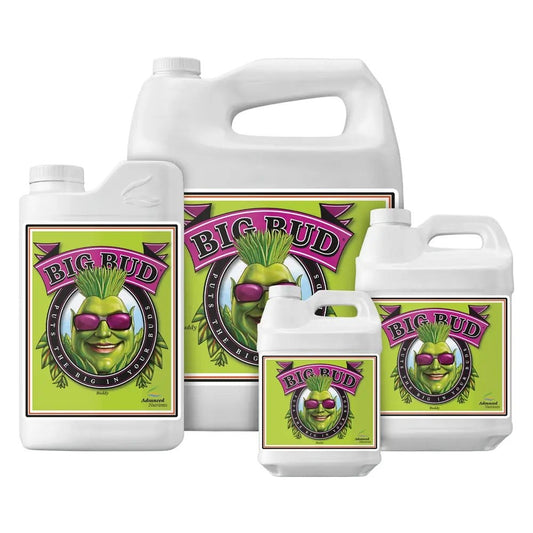
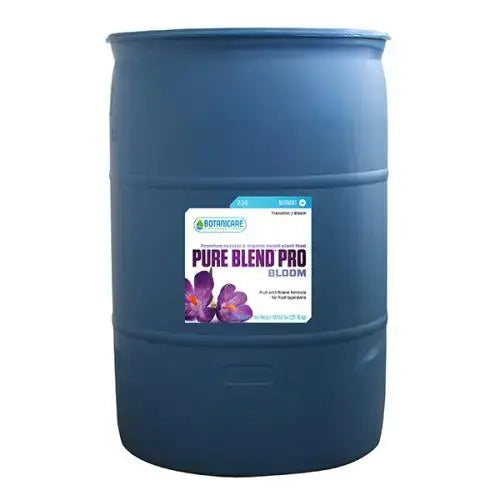
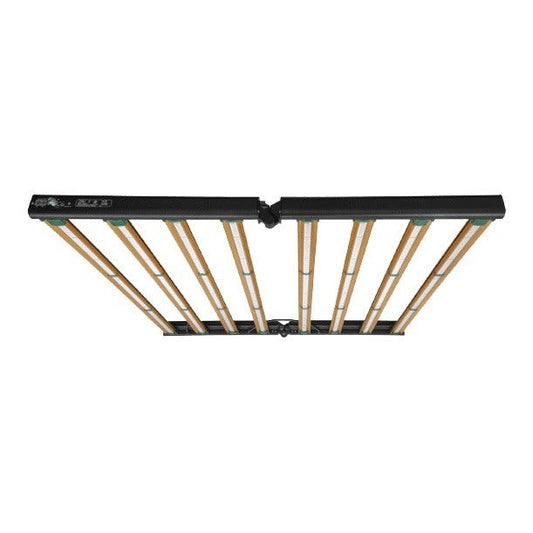








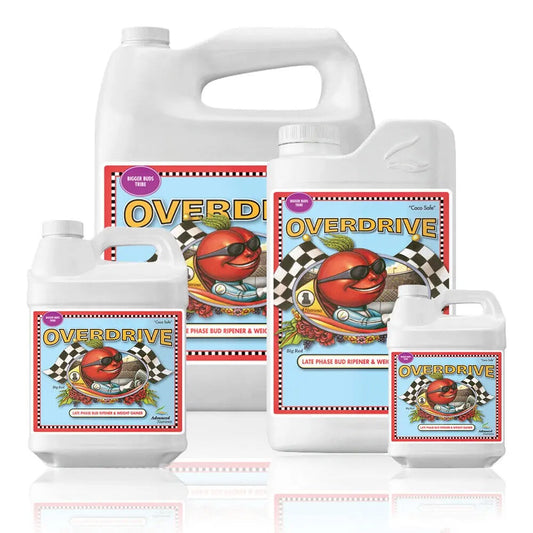










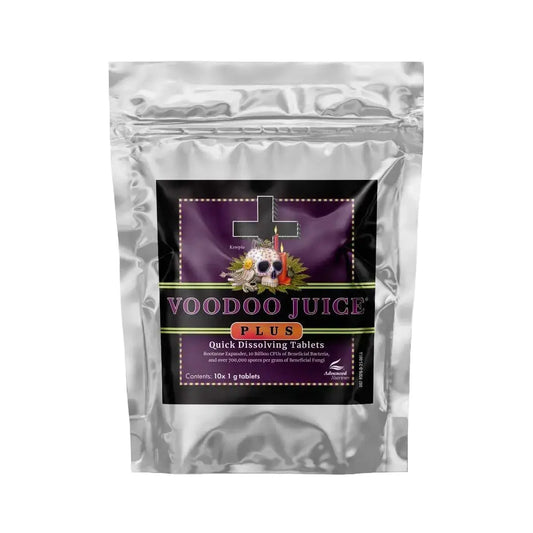


Leave a comment
Please note, comments need to be approved before they are published.